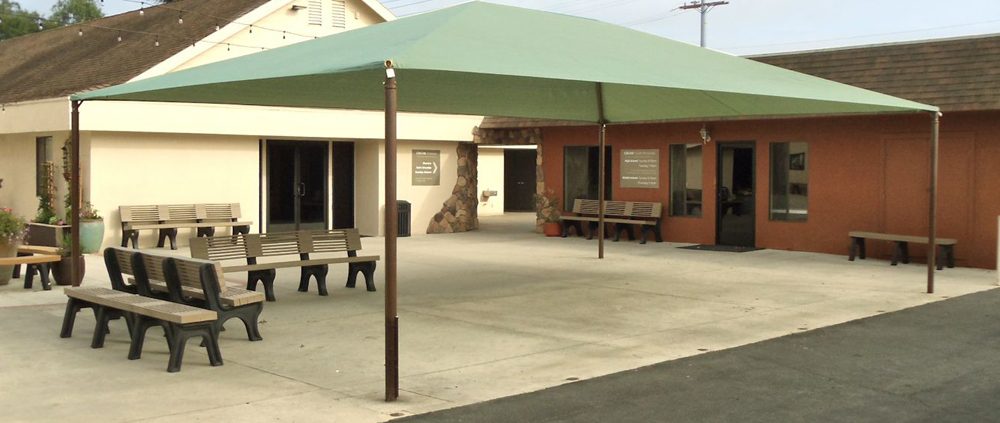Keep Your Home Cool in the Summer and Reduce Your Bills
As the scorching summer sun beats down, keeping your home cool becomes a top priority. But you don’t have to rely solely on your air conditioner and drive up your energy bills to maintain a comfortable indoor temperature. By implementing some smart strategies and making a few home improvements, you can keep your home cool while reducing your utility bills. In this article, we will explore effective ways to achieve both goals and enjoy a more comfortable, cost-effective summer.
- Use Energy-Efficient Cooling Systems
If you’re still using an older, inefficient air conditioning system, it might be time for an upgrade. Modern energy-efficient air conditioners can cool your home more effectively while using less energy, leading to substantial savings on your energy bills over time. Look for units with high SEER (Seasonal Energy Efficiency Ratio) ratings, as they are more efficient and eco-friendly.
- Regular Maintenance
Proper maintenance of your air conditioning system is crucial for its efficiency. Replace or clean air filters regularly to ensure adequate airflow and minimize energy waste. Schedule annual professional maintenance to keep your unit in optimal working condition. A well-maintained system will consume less energy and perform better.
- Install a Programmable Thermostat
A programmable thermostat allows you to set temperature schedules that automatically adjust throughout the day. You can program it to raise the temperature when you’re not at home and lower it before you return. This prevents your AC from running unnecessarily and can lead to significant savings on your cooling bills.
- Seal Leaks and Insulate
To maintain a cool indoor temperature, it’s essential to keep the hot outdoor air out and the cool indoor air in. Inspect your home for drafts and air leaks around windows, doors, and any other openings. Seal these gaps with weatherstripping or caulking to prevent warm air from infiltrating your home.
Additionally, ensure that your home is adequately insulated. Proper insulation keeps the heat out in the summer and the warmth in during the winter. Attic insulation, in particular, can have a significant impact on your home’s overall energy efficiency.
- Use Fans Strategically
Ceiling fans and floor fans are excellent tools for improving air circulation and comfort in your home. They don’t lower the temperature of the room but create a cooling effect by moving air over your skin. When using fans, you can set your thermostat a few degrees higher, saving on cooling costs without sacrificing comfort.
- Block Out the Sun
Direct sunlight streaming into your home can significantly increase indoor temperatures. Consider installing window treatments like blinds, shades, or curtains to block out the sun during the hottest parts of the day. Reflective window films can also reduce the amount of heat entering your home while allowing natural light.
- Cook Smart
Cooking generates heat in your home, making it feel warmer during the summer months. To reduce indoor heat, opt for meals that require minimal cooking time or use heat-generating appliances, such as the oven or stovetop, during the cooler parts of the day. Grilling or using a microwave are alternatives that generate less heat.
- Utilize Natural Ventilation
Take advantage of cooler evening and nighttime temperatures by opening windows and allowing fresh air to flow through your home. This natural ventilation can help lower indoor temperatures and reduce the need for air conditioning during the evening and early morning hours.
- Upgrade Your Roof
If you’re planning a significant renovation or roof replacement, consider using cool roofing materials. Cool roofs are designed to reflect more sunlight and absorb less heat, keeping your home cooler. They can significantly reduce the heat entering your home, leading to lower cooling costs.
- Plant Shade Trees and Install Outdoor Shading
Strategic landscaping can provide natural shade for your home. Planting shade trees near windows or outdoor shading structures like pergolas or awnings can block the sun’s rays and reduce indoor temperatures. Deciduous trees are an excellent choice because they provide shade in the summer and allow sunlight through in the winter.
- Upgrade to Energy-Efficient Appliances
Your cooling efforts are not limited to your air conditioner. Consider replacing older, energy-hungry appliances with energy-efficient models. Appliances like refrigerators, washing machines, and dishwashers are available in energy-efficient options that can reduce your overall energy consumption.
- Unplug and Use Smart Power Strips
Many electronic devices and appliances continue to consume energy even when turned off, known as “phantom power” or “standby power.” Unplug devices when not in use or use smart power strips that automatically cut power to devices when they are not in use. This simple step can add up to energy savings over time.
- Opt for LED Lighting
Switching to energy-efficient LED lighting can save you money on your energy bills. LED bulbs use significantly less energy than traditional incandescent bulbs and produce less heat, reducing the load on your air conditioning system.
- Reduce Humidity
High humidity can make your home feel much warmer than it actually is. Use a dehumidifier to lower indoor humidity levels, making your home more comfortable at higher temperatures. Lower humidity can also help your air conditioner work more efficiently.
- Time Your Energy Use
Many utility companies offer time-of-use plans, which provide lower electricity rates during off-peak hours. Consider shifting energy-intensive tasks like laundry and dishwashing to these times to take advantage of lower rates and reduce your overall energy costs.
In conclusion, keeping your home cool in the summer while reducing your bills requires a combination of smart strategies and energy-efficient choices. By investing in energy-efficient cooling systems, maintaining your home, sealing leaks, using fans, and adopting other energy-saving practices, you can enjoy a comfortable and cost-effective summer. These measures not only benefit your wallet but also contribute to a more sustainable and eco-friendly lifestyle.





